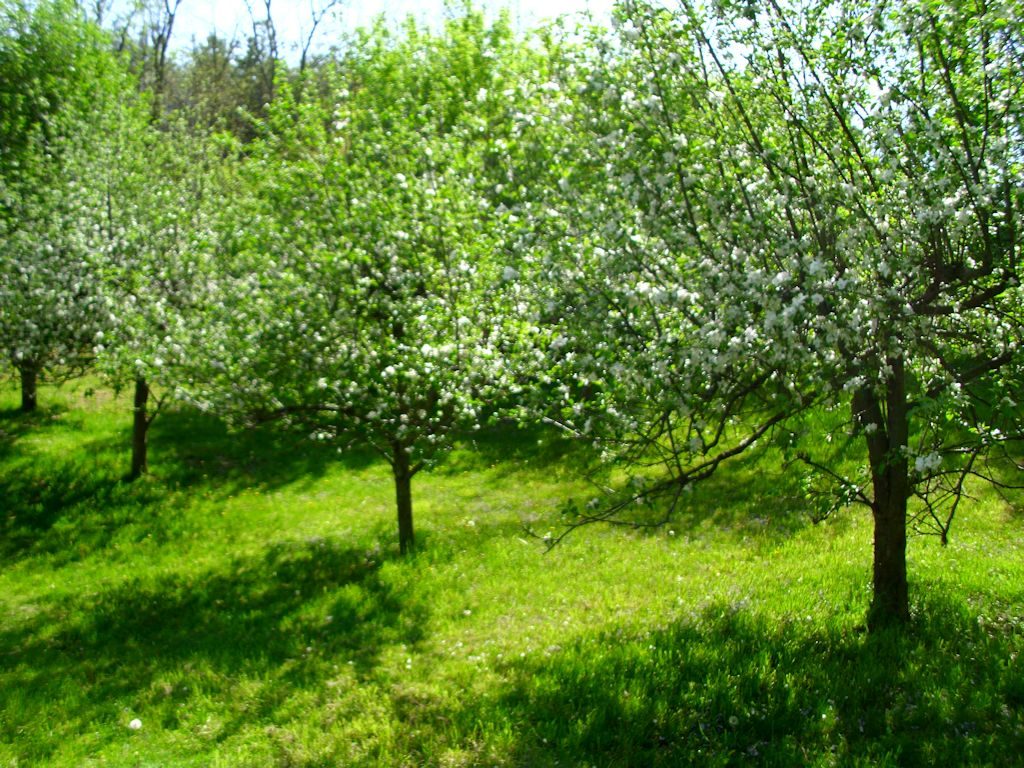A number of people contacted me about this post and wondered whether I still feel the same way about Memorial Day. The fact of the matter is that I feel even more strongly that the need to recognize the ultimate sacrifice made by fellow Americans to assure our freedom should take precedence on this day. As I read about the overwhelming odds faced by veterans in the newspaper, magazines, online, and in various veteran’s sources, I become even more aware of the lifelong commitment that anyone who has spent time in the military makes. Some things simply can’t be fixed—the commitment, the sacrifice, and the awful truth of the outcome of decisions made to help our country are permanent. Those who made the ultimate sacrifice paid the highest price of all to ensure that everyone else can enjoy the freedom this country has to offer.
For many people, Memorial Day, which is also known as Decoration Day, is simply another day to spend time with friends and family. Of course, every veteran would agree that the reason for the sacrifice is so that people could spend time with friends and family. Everyone loves a good picnic or barbecue and being free to gather as we wish is important. The freedom to do what you want, when you want to do it, is an important right. Memorial Day is all about remembering, at least for a moment, the cost of that freedom.
I’m writing this post on Friday. Like many people, I won’t be in my office today. In fact, I’m making it a true day off—I’m not even bringing my computers up. About now, I’ve spent some time thinking about the guys I served with in the Navy and said a prayer for their well being. I’ve also thought about all those people who came before me and have served since my time—people who gave of themselves. However, I have to wonder just how many people have thought of those who died (or even the veterans who managed to live through it all).
In preparing for the post today, I wanted to find something interesting—something I haven’t discussed in years past. It was a bit surprising that Google returned all sorts of unexpected results. The first entry was from Wikipedia, which is quite nice, but hardly noteworthy. However, the next several entries were about the things that could (and should) surround Memorial Day, but didn’t discuss the main event at all. There were entries about the weather, finding the food you need for your picnic, the potential for wet conditions ruining the Memorial Day celebration, and an ad for Travelocity. At least I didn’t go ten straight entries without finding something worthwhile. The next entry was a CNN presentation of the difference between Memorial Day and Veteran’s Day. I then went another 14 entries before I found something that was actually related to Memorial Day. So, out of the top 20 hits on Google, 18 of them talked about the weather, picnics, travel, television shows, and all sorts of things that really don’t have anything to do with Memorial Day.
Fortunately, you don’t have to follow the crowd. You can choose to celebrate the true meaning of Memorial Day, which is to remember those who have made the ultimate sacrifice to ensure you have the freedom to live as you wish to live. Take time this Memorial Day to provide a moment of silence at your picnic or other festivity. No one is asking you to be somber for the rest of the day, just to take a quick time out in remembrance. After all, all those fellows in Arlington (and other cemeteries worldwide) thought your freedom was worth far more than a moment of silence, they gave their lives to attain it.


